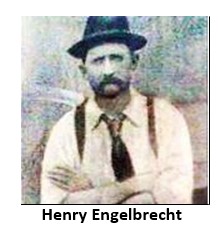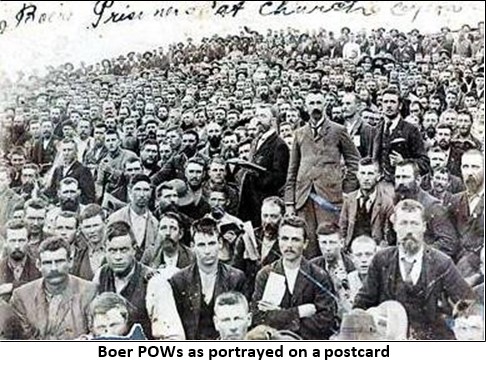(SECOND ADDENDUM TO “A BOER PRISONER OF WAR IN CEYLON, THE YALA NATIONAL PARK AND SMS EMDEN OF THE IMPERIAL GERMAN NAVY: THE CONNECTION”)
Compiled by Gp Capt Kumar Kirinde, SLAF (Retd)Contents extracted from below given webpage shared by Anoma Abeyewardene, an aviation, military and general history enthusiast.
https://www.facebook.com/dordrechtmuseum/posts/the-boer-pow-who-chose-to-stay-in-ceylonthe- group-of-anglo-boer-war-enthusiasts-/1835017156744503/
The group of Anglo-Boer War enthusiasts had visited Dordrecht Museum, Netherlands and this group included English author Robin Woodruff. He had given a talk at the museum on his collection of memorabilia produced by Boer prisoners of war. An article based on Robin Woodruff’s talk was published in the Sunday Times of Sri Lanka which goes like this;
Introduction
‘The last irreconcilable’ as he was known, Henry Engelbrecht, the first game warden of Sri Lanka’s most famous national park, was a Boer Prisoner of War who tended the sanctuary for 21 long years with great devotion.

It was in search of the camps where he and some 5,000 others like him who had been shipped here from South Africa had been interned that British Robin Woodruff first came to Sri Lanka four years ago.
The Boers (Afrikaners) are descendants of the Dutch, German and Swedish settlers of South Africa sent there by the Dutch East Indies Company in the 1600s and French Huguenot refugees. The conflicts that arose after the British colonised the Cape sparked the Boer War of 1899-1902.
Robin Woodruff hadn’t heard of the Boer War until 2006 and knew nothing of St. Helena, a remote island in the South Atlantic or Ceylon where Boer Prisoners of War (POWs) were interned at the beginning of the 20th Century. But a fascination that began with an intricately carved walking stick made by a Boer POW has now led him to spend all his spare time in pursuit of this chequered period of Boer history.

So it was that over the New Year of 2010, his research brought him to Sri Lanka, (he has been four times in the past four years) and to the home of Deloraine Brohier, daughter of renowned historian and scholar Dr. R.L. Brohier, who had written extensively on the Boers. Deloraine promptly got him access to the most well-known Boer POW camp at Diyatalawa, (the site is now under the military and the Surveyor General’s Department) where over a century ago, a large enclosure had housed hundreds of prisoners. There were other Boer POW camps too – at Mount Lavinia (where the convalescents were sent), Ragama (for dissidents) and at Hambantota and Urugasmanhandiya (for prisoners on parole). All in all, there were around 5,500 Boer POWs dispatched to Ceylon.
‘The town of Silver Sheen’ as the Diyatalawa POW camp was known for its rows upon rows of huts made of corrugated iron is no more. What Woodruff saw was many huts painted dark green. He notes with some regret that there is nothing left of the Boer graveyard on Boer Road, which is today a rifle range for the services. The graveyard had 133 graves of Boer POWs, each marked with a wooden Celtic cross, the work of an unknown carver and five graves with marble and stone monuments. Today all that stands is a cairn built in 1918 with the inscription ‘In memory of the Prisoners of War who died at Diyatalawa Camp who were buried near this stone. Erected by the Government of United South Africa, 1918’.






